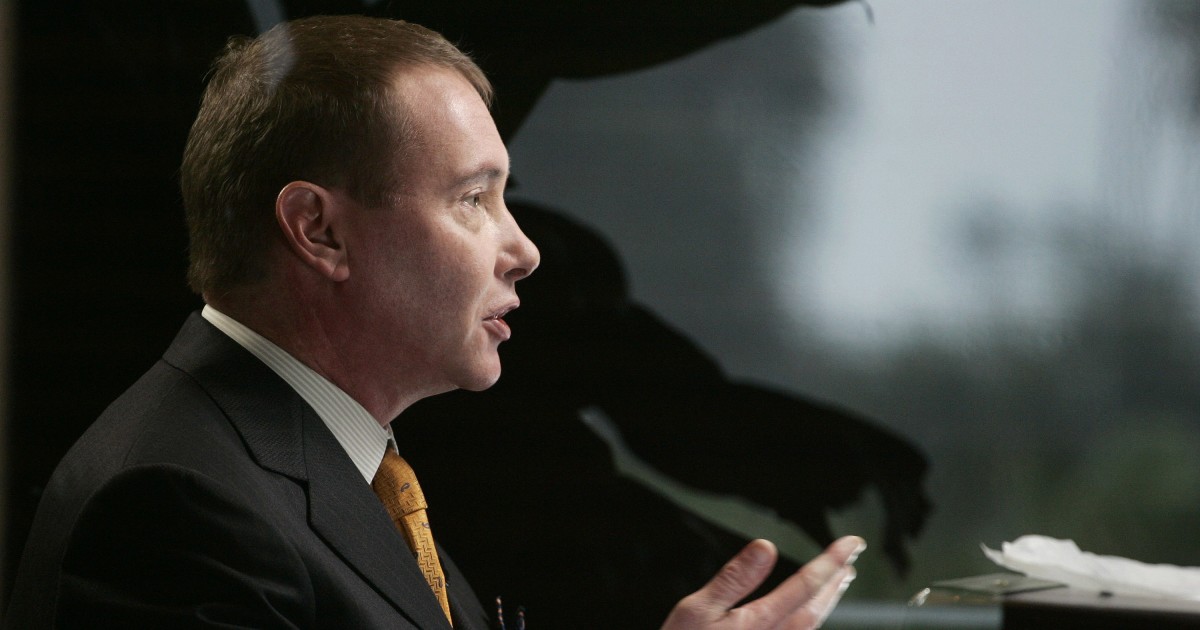
Active managers who aspire to greatness dream of the big crisis, the kind that throws everything into chaos. It’s in those moments that financial assets trade at fire-sale prices capable of delivering huge payoffs. As Baron Rothschild famously and grimly observed three centuries ago, “The time to buy is when there’s blood in the streets.”
For a moment, COVID-19 looked as if it would produce such an opening. The scale and severity of the crisis are undeniable, and U.S. financial markets fell sharply when it became clear the virus would not spare the U.S. Active managers no doubt looked on eagerly. The record-long economic expansion that followed the 2008 financial crisis carried markets ruthlessly higher, leaving managers little opportunity to stand out.
The recent turmoil must have been particularly enticing to active bond managers. Investors have already given up on stock pickers, pivoting instead to so-called factor investing, or quantitative funds that cheaply replicate popular styles of active management. Stock investors have handed roughly $350 billion to factor ETFs since 2015 while pulling $700 billion from actively managed mutual funds, according to Bloomberg Intelligence.
But investors’ faith in bond managers appears to be intact — for now. Factor investing is still new to bond investors, so it hasn’t yet attracted big money. Actively managed bond mutual funds have taken in roughly $700 billion since 2015, compared with just $30 billion for factor ETFs. An opportunity to dazzle bond investors might keep them in the fold, or at least slow the march of factor funds.
TALE OF TWO MANAGERS
The Fed, however, had other ideas. When panic around the virus took hold, bond markets began showing worrisome signs of distress. Junk bonds tumbled, as one would expect, but higher-quality bonds were hit even harder. During the 23 trading days from Feb. 20 to March 23, the difference in yield between intermediate-term corporate bonds and Treasuries spiked 2.8 percentage points, the biggest 23-day jump since the overlapping data series for their respective Bloomberg Barclays indexes began in 1973.
Few corners of the bond market escaped harm. The difference in yield between intermediate-term municipal bonds and Treasurys, to take another example, spiked 2.9 percentage points during those 23 trading days, by far the biggest 23-day move on record and well above the highest spread recorded during the financial crisis.
The Fed saw bond markets seize up just a decade earlier and wasn’t about to let a health crisis turn into another financial crisis. It pledged to buy as many bonds as needed to keep debt markets stable, and bonds promptly reversed course. The yield spread between corporate bonds and Treasurys has shrunk to 2.3% from 3.8% on March 23, and the spread between municipal bonds and Treasurys has narrowed to 0.9% from 2.4%. Bond markets are not yet back to their pre-coronavirus levels, but the Fed appears to have foreclosed any hope for a grand buying opportunity.
BARGAINS AVERTED
It’s a missed opportunity for active bond managers in another important respect. Star managers often emerge from crises, and they’re critical to the industry. Just one star with a shiny track record and slick forecasts can obscure a mountain of evidence that most active managers fail to keep up with the broader market, mostly because of high fees.
Stock pickers once had a slew of them — such as Fidelity Magellan Fund’s Peter Lynch, who rose to prominence in the 1980s after a vicious bear market during the previous decade left the stock market littered with bargains — but they have long since faded. The only stars left are a cadre of bond managers, none brighter than DoubleLine’s Jeffrey Gundlach. His journey illustrates the impact one epic buying opportunity can have.
Gundlach has wrestled with bond markets for three decades but only gained an advantage during the 2008 financial crisis. Before co-founding DoubleLine, he managed the TCW Total Return Bond Fund, among other roles at TCW. The fund’s retail share class trailed the Bloomberg Barclays U.S. Aggregate Bond Index by 0.2 percentage points a year from July 1993 to December 2008. Then, as now, Gundlach specialized in mortgage-related bonds, and the fund also lagged the Bloomberg Barclays U.S. Mortgage Backed Securities Index by 0.4 percentage points.
Then the housing bubble popped and the prices of mortgage bonds collapsed. Like Lynch before him, Gundlach pounced on the opportunity, scooping up mortgage-related securities initially at TCW and later at DoubleLine. When markets recovered, Gundlach and his investors made a fortune.
Thanks to those deft moves, the retail share class of DoubleLine’s flagship Total Return Bond Fund has outpaced the aggregate bond index by 1.2 percentage points a year from May 2010 through March, and the mortgage index by 1.7 percentage points. But a closer look reveals just how lucrative the financial crisis turned out be: Since 2013, DoubleLine’s fund has lagged the aggregate bond index by 0.3 percentage points a year through March, and the mortgage index by 0.1 percentage points.
Nevertheless, Gundlach continues to regale investors with a winning track record and bold predictions. For the industry, whether he’s right or wrong is less important than distracting investors from the fact that 94% of mortgage bond managers failed to beat the mortgage bond index over the last 15 years through 2019, according to the latest SPIVA U.S. Scorecard of active managers.
Still, without another big payoff, bond investors can only be distracted for so long. The Fed saved bond markets, but in the process, it may have also dealt a serious blow to active bond managers.
Leave a Reply